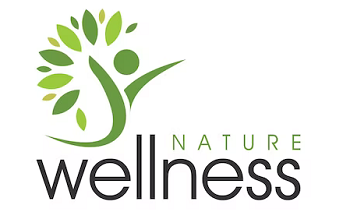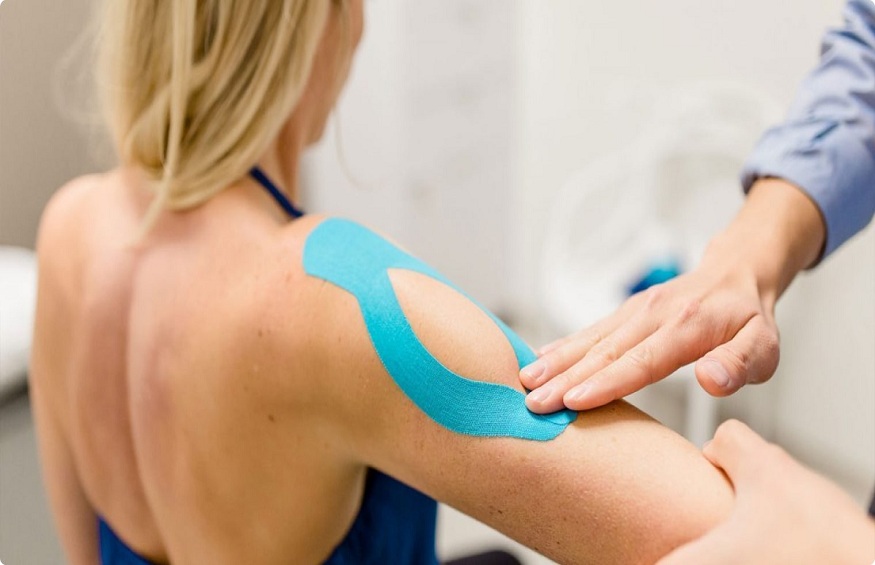Shoulder pain can be of traumatic origin or linked to frequently repeated gestures of inflammatory origin.
It is a complex joint combining both great mobility and the need to develop a lot of strength. Its organization has therefore been designed to combine stability and mobility.
As a general rule, all these pains are not obvious to treat because of the weak vascularization of the tendons of the rotator cuff. It is for this reason that specific support is important.
If you have shoulder pain, it is therefore essential to consult a sports doctor, an osteopath specializing in arm pain and a physiotherapist in order to make an accurate diagnosis and quickly relieve your pain.
Muscle pain in the shoulder is mainly manifested by pain when raising the arm to the side or forward, but also by difficulty in dressing or styling one’s hair.
Shoulder pain at night or at rest evoked is characteristic of an inflammatory crisis.
Following a trauma, sprains or fractures of the clavicle but also dislocations induce an impossibility to lift the arm with a deformation of the shoulder.
We will therefore separate here the muscles of the rotator cuff allowing the movements on the sides and the rotations of the muscles allowing the movements of flexion and extension (arms forward and back).
The muscles of the rotator cuff are 6 in number:
Long biceps inserting from the forearm to the glenoid of the shoulder, it is the support muscle of the shoulder for carrying the load. It regularly hurts in front of the shoulder when raising the arm forward.
Supraspinatus extending from the upper part of the scapula to the upper part of the humerus. It allows the raising of the arm on the side called abduction. It is source of pain on the top of the shoulder when raising the arm to the side.
Subspinatus that starts from the middle of the scapula to the upper part of the humerus. It allows abduction and is a source of pain behind the arm when moving it to the side.
Subscapularis starts from under the scapula and is inserted on the minor tubercle of the humerus. It allows internal rotation movements of the arm and creates pain in front of the shoulder by turning the arm inwards.
Small round inserts from the lateral and lower part of the scapula to the back of the arm. It is responsible for external rotation of the arm and is responsible for pain in the back of the shoulder when moving the arm outward.
Teres major inserts from the medial and external part of the tip of the scapula to the back of the arm. It works in synergy with the teres minor for external rotation.
Elongated muscle of the shoulder
Short portion of the biceps starts from the radius at the coracoid. He is the main actor with the coraco-brachialis of arm flexion. It mainly hurts on the front of the shoulder when raising the arm forward.
Coraco-brachialis inserts from the coracoid to the humerus. It allows the flexion of the humerus.
Triceps: it has three insertions, 2 on the humerus and 1 on the scapula to continue its journey on the olecranon of the ulna. It makes the extension movement of the humerus and is a source of pain in the elbow and behind the arm when stretching it.
The deltoid is in 3 bundles going from the clavicle, the scapula and the acromion to the middle and external part of the humerus. It is the starter muscle of abduction but also allows flexion and extension. It is responsible for pain on the outside of the shoulder when raising the arm to the side and forward.
Infiltrations can also be mentioned in the face of chronic pain.
Adhesive capsulitis is also called “frozen shoulder” because it results in the progressive inability to move the arm and muscle wasting.




